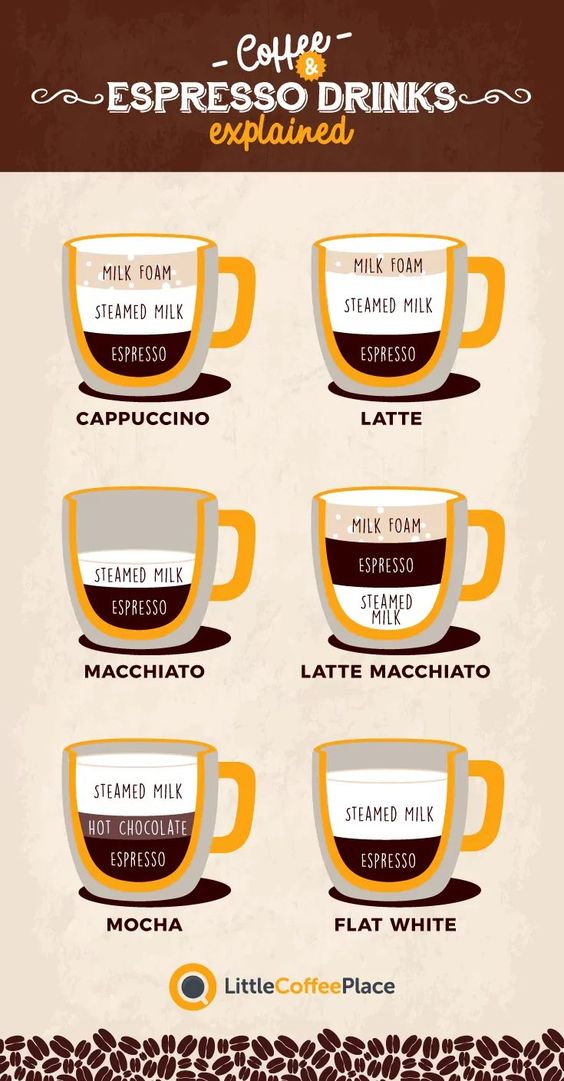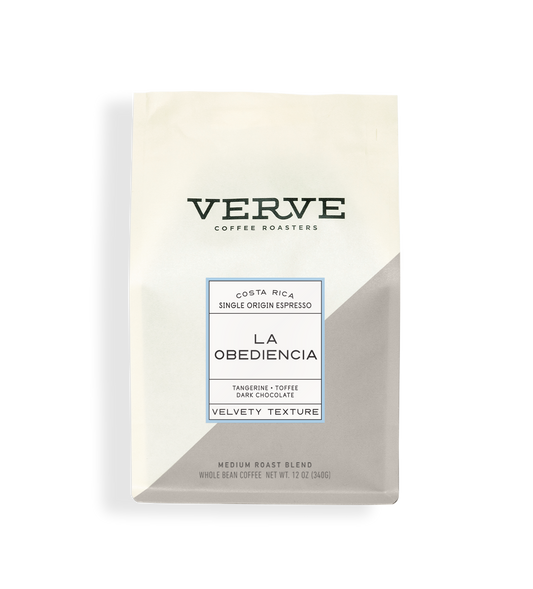SOE Single Origin Espresso – Ideal for Precision Brewing Methods
Wiki Article
Understanding Coffee Beans: the Journey From Espresso to Blended Coffee Beans

The Beginnings of Coffee: A Worldwide Perspective
While you might assume of coffee as a modern staple, its origins map back centuries, intertwining with societies across the world. The story starts in Ethiopia, where legend states a goat herder called Kaldi found the invigorating impacts of coffee beans after seeing his goats romping energetically after eating them.As profession routes expanded, coffee made its way to Europe in the 17th century, swiftly acquiring popularity. Each society added its unique twist to coffee preparation, enriching its history.
Growing and Harvesting of Espresso Beans
As coffee's journey progressed, the emphasis shifted to the growing and harvesting of details bean ranges, specifically those utilized for coffee. You'll locate that espresso beans typically originate from Arabica or Robusta plants, each offering unique flavors. The suitable growing conditions include high elevations and rich, well-drained dirt, which enhance the beans' high quality.Throughout the harvest, picking approaches vary. In some areas, employees hand-pick ripe cherries, guaranteeing just the most effective fruit mosts likely to handling. In various other locations, mechanical harvesters are made use of, especially on larger ranches. When the cherries reach peak perfection for maximum taste., timing is essential; you desire to collect.
Once gathered, the beans are prepared for processing, which is essential in establishing their last preference. Comprehending the cultivation and gathering procedures gives you insight right into what goes right into your favored coffee, enriching your appreciation for each and every cup.
Handling Methods: From Cherry to Bean
Currently that you've discovered harvesting coffee beans, let's explore just how those cherries change into the coffee beans you love. You'll see exactly how different harvesting strategies effect flavor, followed by the crucial actions of fermentation and drying. Ultimately, we'll damage down the milling and grading procedure that establishes your coffee's high quality.Collecting Techniques Described
When it involves coffee, understanding harvesting methods is essential, since they straight impact the flavor and top quality of the beans you appreciate. There are 2 primary techniques: discerning selecting and strip selecting. Selective choosing involves hand-picking only ripe cherries, ensuring you obtain the very best high quality beans. This method commonly leads to a richer taste account, though it's more labor-intensive. On the various other hand, strip picking methods collecting all cherries at the same time, despite perfection. While it's quicker and less expensive, this can cause a mix of tastes, influencing the final product. Eventually, the choice of collecting technique can significantly affect your coffee experience, so it deserves recognizing how those beans made it to your cup.Fermentation and Drying Out
After collecting, the following steps in processing coffee beans play a considerable role fit their taste. You'll locate that fermentation is vital, as it aids damage down the mucilage bordering the beans, enhancing their taste account. Relying on the approach, this procedure can last from a couple of hours to a number of days, with varying results based on temperature level and moisture.Sun-drying enables the beans to take in tastes from the atmosphere, while mechanical drying warranties constant dampness levels regardless of climate. Proper drying out is essential to prevent mold and protect the beans' top quality, ultimately influencing your cup of coffee.
Milling and Grading Refine
As fermentation and drying out established the phase for taste development, the milling and grading process guarantees that only the finest coffee beans make it to your mug. This phase involves getting rid of the outer layers of the coffee cherry, including the parchment and husk. Top quality beans obtain a greater grade, resulting in a richer coffee experience.Roasting Strategies: Unlocking Flavor Potential
When you roast coffee beans, the approach you choose can drastically influence the taste account. Understanding the relationship between time, temperature, and roasting techniques is vital to disclosing the possibility of your brew. Let's discover just how these aspects come with each other to develop the best cup.Roasting Techniques Described
While you could think that all coffee roasting techniques generate the very same outcomes, the truth is that each technique discloses special taste potentials in the beans. Drum toasting makes use of a rotating drum to evenly distribute warm, boosting caramelization and generating a well balanced taste. Air roasting, on the various other hand, flows warm air around the beans, advertising a lighter roast with noticable acidity.
Effect on Taste Profile
Various toasting methods not just affect the procedure however additionally significantly impact the taste profile of the coffee beans. When you choose a light roast, you'll experience bright acidity and flower notes, showcasing the bean's beginning. On the other hand, a medium roast equilibriums acidity with sweet taste, typically revealing chocolatey touches. Dark roasts, on the various other hand, draw out strong, great smoky flavors, sometimes covering up the bean's unique characteristics. Each method exposes various oils and compounds, bring about a large range of tastes. By experimenting with different toasting designs, you can uncover which accounts reverberate with your taste buds. Understanding these subtleties helps you value the virtuosity behind your mug of coffee, boosting your overall experience with every sip.Time and Temperature Factors
To release the full flavor possibility of coffee beans, both time and temperature level during the roasting procedure play considerable roles. When toasting, you'll discover that greater temperature levels can rapidly create flavors, however if you rush it, you could wind up with charred notes. On the other hand, reduced temperature levels allow for a more gradual taste advancement, showcasing the beans' special characteristics.
Timing is equally as important; expanding the roast as well long can bring about a loss of level of acidity and illumination, while as well short a roast may leave the beans underdeveloped. Finding that wonderful area needs practice and trial and error. By changing these aspects, you can expose the abundant, complex tastes concealed within each bean, creating an absolutely remarkable coffee experience.
The Art of Blending: Crafting Distinct Coffee Accounts

Beginning by picking a base coffee that supplies a strong structure. Pick complementary beans to enhance details flavor notes. An intense Ethiopian bean can bring fruitiness, while an abundant Brazilian coffee adds body. Experimentation is vital-- don't be scared to adjust ratios up until you locate your ideal account.
As you blend, bear in mind that each mix narrates. You're not simply making coffee; you're producing an experience. So, take your time, taste often, and take pleasure in the journey of discovering your trademark mix.
Brewing Techniques: Exactly How Prep Work Influences Taste
Blending coffee opens a domain name of flavor possibilities, yet how you brew that blend can substantially influence your final cup. Different developing techniques remove distinct tastes and scents, so it's critical to pick sensibly. A French press allows debris and oils to remain, creating a rich, robust experience. On the other hand, a pour-over highlights the coffee's quality and brightness, ideal for showcasing fragile notes.Espresso, with its high pressure, creates a focused shot that highlights sweet taste and crema. If you prefer a lighter brew, consider a chilly mixture method; it generates a smooth, less acidic taste.
Readjusting variables like water temperature, grind size, and brew time can transform your coffee's account. Embrace the art of brewing to discover the flavors concealed in your coffee blends.
The Future of Coffee: Sustainability and Technology
As the coffee market advances, sustainability and innovation are becoming essential for addressing ecological difficulties and meeting consumer demands. You'll see that even more coffee companies are embracing environment-friendly practices, from sourcing beans fairly to executing lasting farming methods. These shifts not Single Origin Espresso just aid the planet yet additionally boost the quality of the coffee you appreciate.You might see advancements like naturally degradable packaging and water-saving brewing techniques that minimize waste. Advanced innovation, such as blockchain, is additionally becoming preferred, making sure transparency in the supply chain, which allows you to map your coffee back to its origins.
Furthermore, purchasing regional communities and supporting farmers through fair trade initiatives fosters an extra lasting coffee environment. As you sip your following mug, keep in mind that your selections can add to a brighter future for coffee. By choosing lasting brand names, you're not just appreciating a beverage; you're making a favorable influence on the globe.
Frequently Asked Concerns
What Is the Difference Between Arabica and Robusta Beans?
Arabica beans are smoother, sweeter, and have a greater acidity, while robusta beans are stronger, a lot more bitter, and include even more caffeine. You'll observe these distinctions in taste and aroma when making your coffee.Just How Does Elevation Affect Coffee Bean Taste?
Elevation influences coffee bean flavor considerably. Higher altitudes generate beans with brighter acidity and complicated flavors, while lower altitudes frequently produce beans that are larger and less nuanced. You'll notice these distinctions in your mug!What Are the Wellness Advantages of Alcohol Consumption Coffee?
Consuming alcohol coffee can enhance your energy, boost mental focus, and also boost physical performance. It's rich in anti-oxidants, might lower the danger of particular diseases, and can promote a healthier metabolic process when eaten in small amounts.Can Coffee Beans Be Recycled for Brewing?
Yes, you can recycle coffee beans for developing, but the flavor may be weaker. If you appreciate exploring, try recycling them in different ways, like cool brews or including to smoothies for an additional kick.Just how Should I Store Coffee Beans for Quality?
To keep your coffee beans fresh, store them in an airtight container in an amazing, dark location. Prevent exposing them to light, moisture, or warmth, as these aspects can quickly degrade their flavor and scent.Understanding Coffee Beans: the Trip From Espresso to Blended Coffee Beans.
Currently that you've found out concerning gathering coffee beans, let's check out exactly how those cherries transform right into the coffee beans you love.When you roast coffee beans, the approach you select can substantially influence the taste account - Single Origin Espresso.While you could assume that all coffee toasting techniques produce the very same outcomes, the fact is that each technique exposes special taste possibilities in the beans.Different roasting techniques not only affect the procedure yet also considerably impact the taste profile of the coffee beans
Report this wiki page